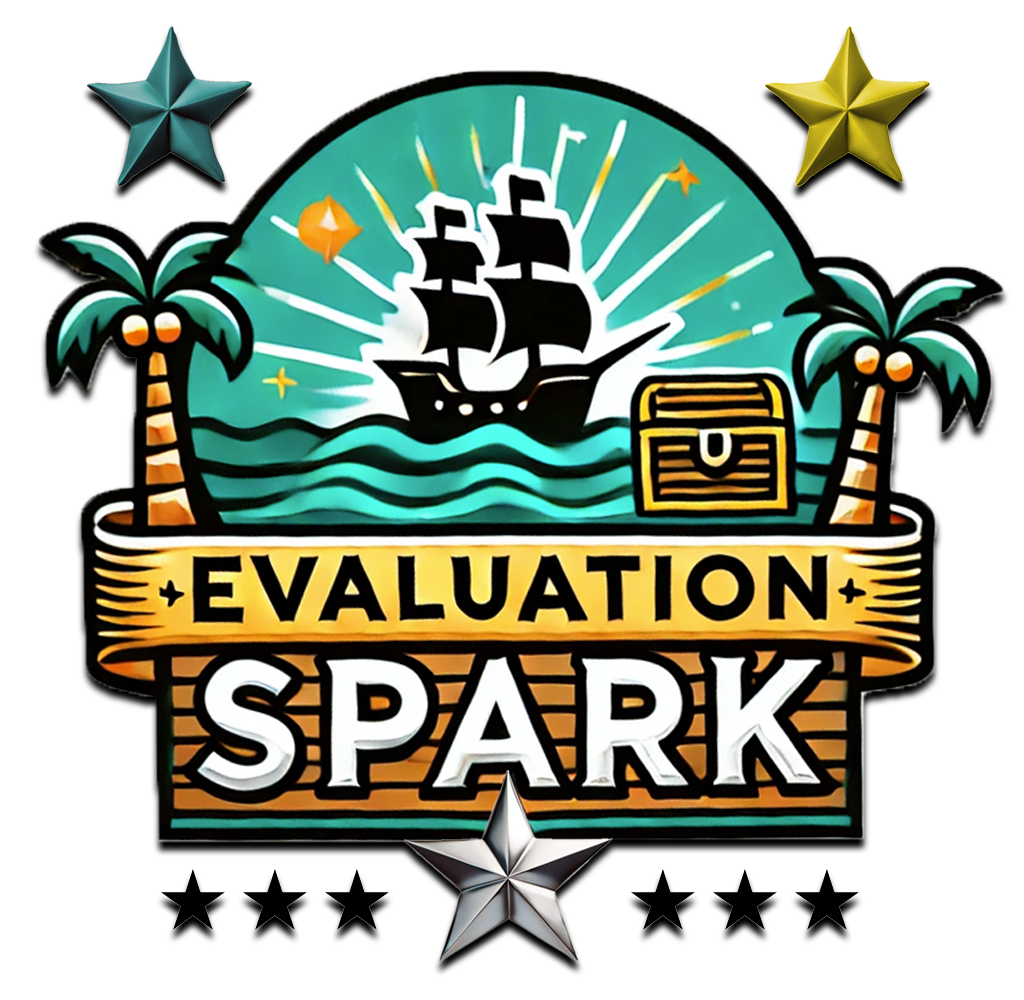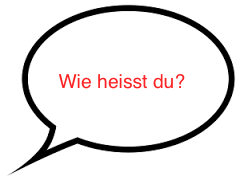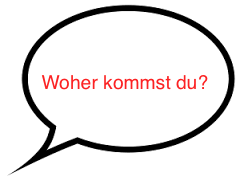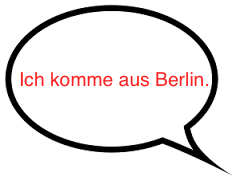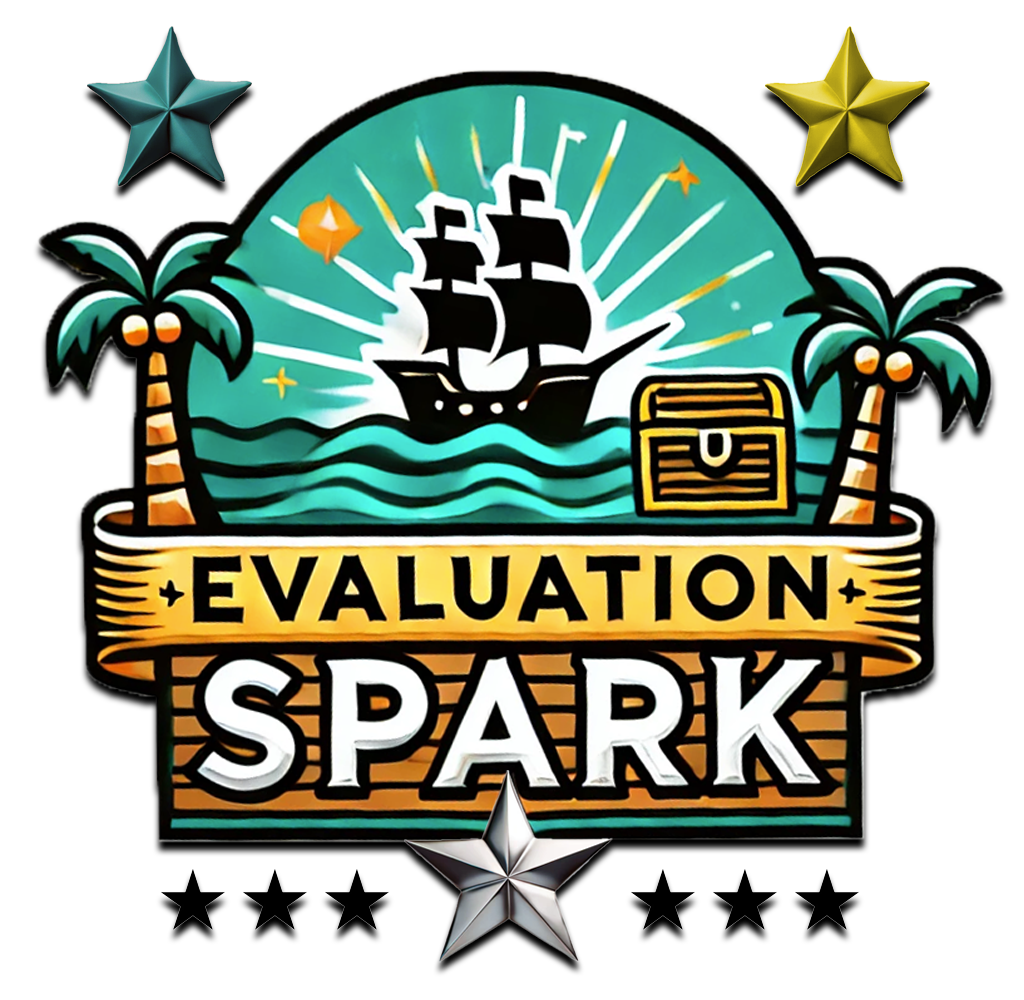Lektion 1: sich vorstellen
Sprechen
Sprechen Sie mit anderen. Lernen Sie die Namen von anderen Studenten.
Lesen
Grüß Gott, ich heiße Yasmin. Ich bin 21 Jahre alt und komme aus München. Ich studiere an der Ludwig-Maximilians-Universität München. Ich bin Studentin. Als Hobby spiele ich gern Fußball und gehe gern Windsurfen.
Hallo! Mein Name ist Johannes. Ich bin 16 Jahre alt. Ich komme aus Stuttgart. Ich bin Schüler und lerne sehr viel für meine Tests. Mein Hobby ist Lesen.
Servus, mein Name ist Max und ich bin 34 Jahre alt. Ich komme aus New York, aber ich wohne jetzt in Wien. Ich arbeite bei einem Theater.
Ich singe sehr gern als Hobby.
Guten Tag, ich heiße Julia und komme aus Hamburg. Ich bin 28 Jahre alt. Ich arbeite bei einer Computerfirma, aber in der Freizeit gehe ich gern in dem Park spazieren.
Hören
Strukturen
What is “ß”?
You might be wondering what the symbol ß means and how you should pronounce it. You have already seen it in the following words: Fußball, heißen and Grüß Gott. The “ß” (Eszett or scharfes S) is a grapheme unique to German and another way of writing “ss”. According to German spelling rules, “ß” follows long vowels or diphthongs, and “ss” is used after short vowels. “ß” is pronounced [s], as in “sing” or “see”. You’ll learn more about this and other unique features when you learn the German alphabet.
Conjugating Verbs
Just like in English, German verbs change to match the subject. Here are a few examples of the conjugation changes that we have seen so far, along with the pronouns (ich, you—informal, you—formal, s/he):
The verb “heißen”
ich heiße
du heißt
Sie heißen
er heißt / sie heißt / xier heißt
The verb “kommen”
ich komme aus
du kommst aus
Sie kommen aus
sie kommt aus / er kommt aus / xier kommt aus
Another way to say “ich heiße..” is “mein Name ist…” We don’t have a verb like “heißen” in English, although you might have experienced one in another language. We often translate “heißen” as “to be called.”
